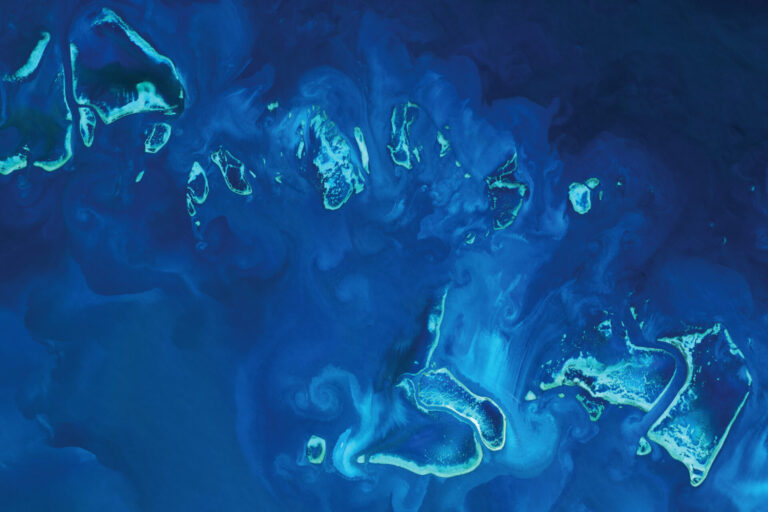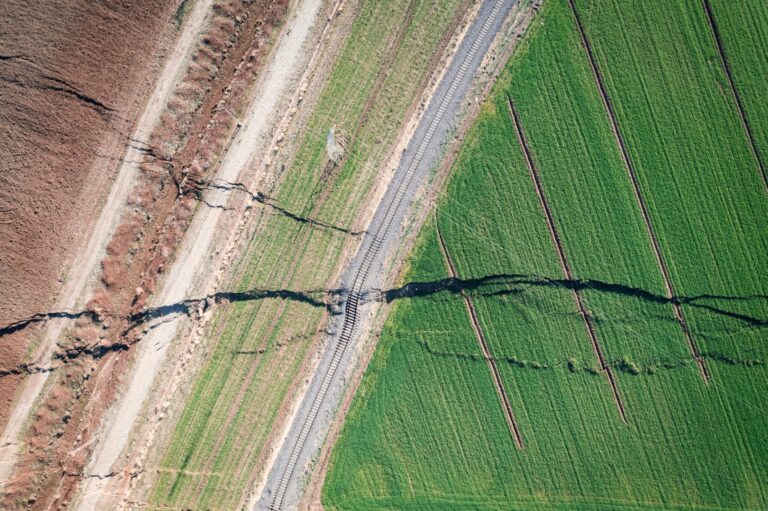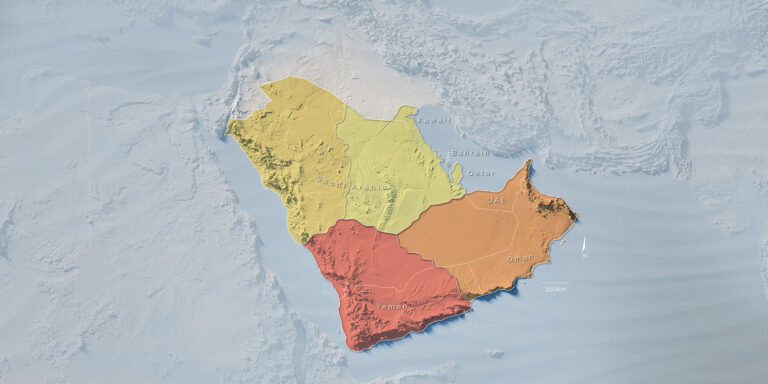Earth Science and Engineering
Red Sea temperatures to cool in coming decades
Exploring the links between natural climate cycles and the sea-surface temperature of the Red Sea reveals a cooling trend during the next few decades.

KAUST research suggests that the Red Sea will cool over the coming decades. © 2019 KAUST
A natural climate cycle called the Atlantic multidecadal oscillation (AMO) strongly influences the surface temperature of the Red Sea, according to a study by KAUST, and will lead to a shift to a cooling period over the decades to come.
The majority of the Earth’s oceans warmed over the past century, with the rate of warming increasing over the last few decades. As one of warmest ocean basins on the planet, the Red Sea contains a diverse and fragile ecosystem that is particularly vulnerable to further warming.
Most studies of the sea surface temperature (SST) of the Red Sea have covered short periods, where warming rates may have been slowed or intensified by natural, longer-term cycles.
How the AMO influences the SST of the Red Sea over the longterm has now been investigated by George Krokos and colleagues, led by earth scientist Ibrahim Hoteit.
“The AMO is a permanent feature of the Earth’s climate system and is primarily associated with variations in the Atlantic conveyor belt,” explains Krokos. “It has been linked to important global climate impacts, such as the multidecadal variability of mean surface temperatures in the northern hemisphere.”
To investigate the effects of the longer-term temporal variability of the AMO on the SST of the Red Sea, the team combined several sources of data including satellite data from the National Oceanic and Atmospheric Administration (NOAA) in the United States and the UK Met Office from the 1980s to present with observations from NOAA’s Extended Reconstructed SST and the Met Office’s Hadley Centre sea ice and SST spanning a period of 140 years.
They found that the high warming trend observed from 1980 to 2010 was dominated by a positive phase of the natural SST oscillation, but it is expected to shift to a cooling phase during the next few decades as the AMO enters a negative phase.
“Our analysis showed that the effects of natural climatic variability, manifested in the Red Sea as low-frequency oscillations that follow the AMO, are dominant over the identified longterm trends,” says Krokos.
The work shows that the longterm oscillation related to AMO has modulated the warming of the Red Sea over the past three decades and, having reached its peak over the past decade, is projected to enter a negative phase in the upcoming years.
“Future studies using modern oceanographic tools, including atmospheric and ocean models, will increase our understanding of the Red Sea’s response to climate variability,” says Krokos.
References
-
Krokos G., Papadopoulos, V.P., Sofianos, S.S., Ombao, E., Dybczak, P. & Hoteit, I. Natural climate oscillations may counteract Red Sea warming over the coming decades. Geophysical Research Letters 46, 081397 (2019).| article
You might also like

Earth Science and Engineering
Sensing color cues to monitor coral health in the Red Sea

Earth Science and Engineering
Kahramanmaraş earthquake study showcases potential slip rate errors

Chemical Engineering
Unveiling the role of biomass-burning aerosols in atmospheric reactions

Earth Science and Engineering
Feeling the heat across the Middle East

Applied Mathematics and Computational Sciences
Past and future drought patterns across the Arabian Peninsula

Earth Science and Engineering
Fewer major earthquakes for the northern Dead Sea Fault

Applied Mathematics and Computational Sciences
Measuring the impact of desert greening

Applied Mathematics and Computational Sciences




